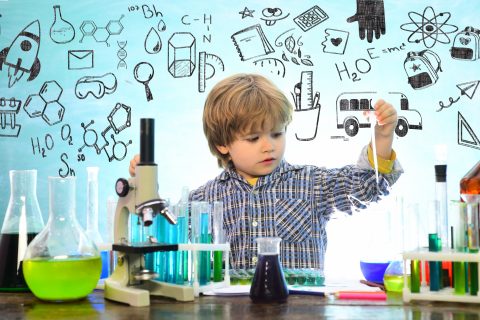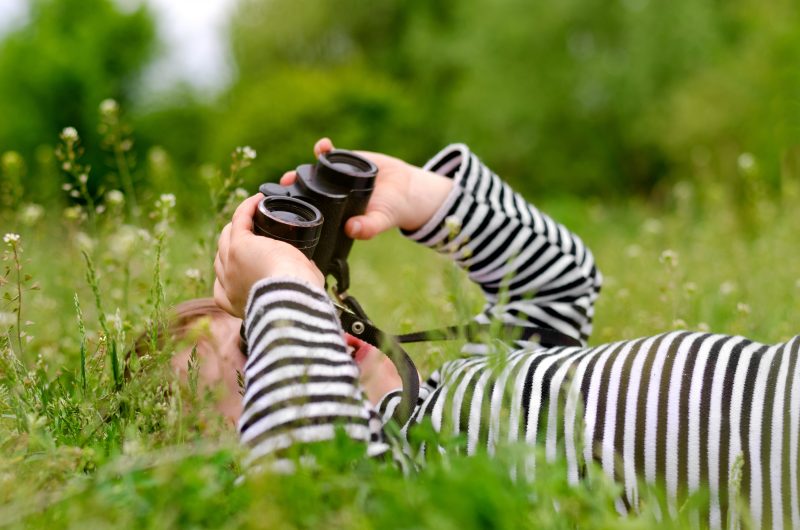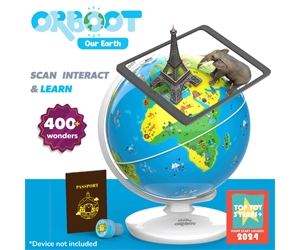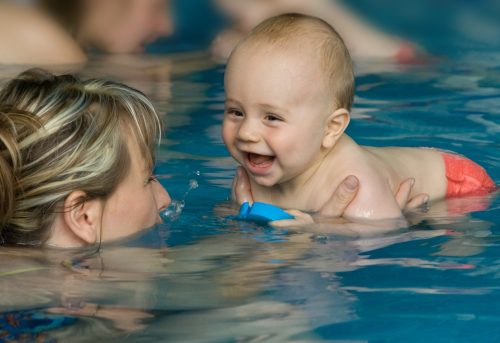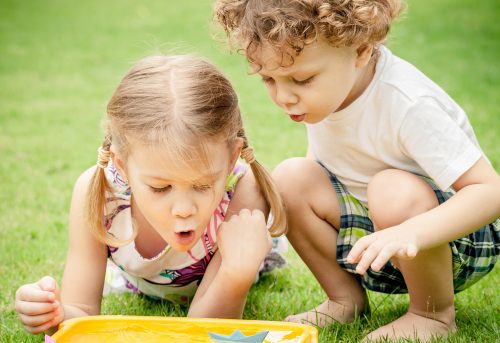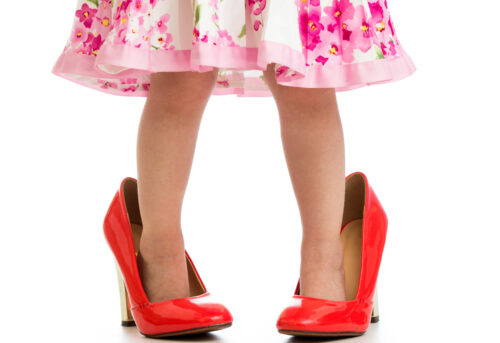- Imagine you could put a coat on a snowman. Would it warm him up and make him melt? And how could we find out even on a sunny day? Take two ice lollies from the freezer, wrap one in a tea towel ‘blanket’ and ask children to predict which will be the first to melt.
- Where do puddles go? Investigate this question by pouring a teaspoon of water into a piece of tin foil and holding it carefully above a candle. Look closely as bubbles begin to rise and pop, before the water turns to steam. Where has the water gone? Encourage children to share their ideas – you don’t need say this is all about evaporation.
- This heavy little lump of plasticene – when you put it in the water it will sink, right? Right. But does this mean that plasticene always sinks? What if you moulded it into a different shape? Can you make it float? What does this tell us?
- Try something similar on a larger scale. If you can find a small log, see if it will float or sink (unless it’s imported mahogany it should float!). What about grains of sand? They’re tiny but do they float? (No.) This teaches children about the relative density of wood, sand and water.
- If you have a pond nearby, look around for mini-beasts. Identify where they live, head home with a jarful and recreate a habitat in a shoebox or plastic bowl. Children will be amazed to find how many things live in water.
- Make a collection of different objects from the house and garden and sort them into natural / manufactured materials. Sounds easy but you’ll find some things are a tricky combination of the two: ask children to suggest ways they can record their classifications, such as by placing objects in two overlapping hoops.
- If you have a set of digital scales, try this – children will love it. Take two identical balloons and inflate one. Ask your child to predict which one weighs more. Curiously, the deflated one feels heavier because it’s small – yet the inflated one will be about two grams heavier due to the weight of the air inside. Extend the discussion to thinking about helium balloons – why do they float up into the air?
- Children can often be oblivious to the distinctive features of plants and trees. Go on a leaf hunt (and check out the great resources available from the Woodland Trust https://www.woodlandtrust.org.uk/mediafile/100146207/Getting-outside-the-classroom-learning-pack.pdf )
- Make friends with a tree. Find your favourite, and photograph it from the same spot every month for a year in order to really appreciate the range of seasonal change.
- Finally – why is the sky blue? Create a sense of the earth’s atmosphere by dropping a teaspoon of milk into a glass of water and shining a smartphone torch through it. You’ll see the ‘sun’ turn orange as the sky as the changing density of the liquid makes the liquid appear blue…


